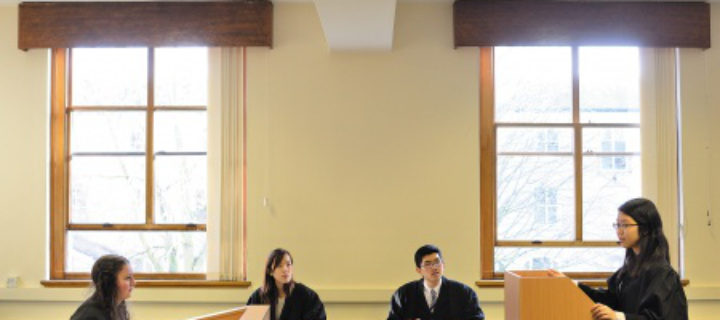
An Introductory Look at the Core Modules
October 2, 2012
Mooting – A Ten Step Guide
October 11, 2012The first practical assessment you are likely to encounter is the Legal Research assignment. On the face of it a simple task, but a surprisingly large amount of just-graduated students fall down at the first hurdle.
The research task is not assessed in the same way as your undergraduate coursework assignments. You are asked to demonstrate your research skills as in any degree coursework. However, for the LPC your ability to compile the results into a useful format and apply the law to the scenario is also assessed. Your competence will be judged as ‘satisfactory’ or ‘unsatisfactory’ over several criteria. You need to produce an overall satisfactory piece of research to pass the assessment.
The research is often formulated around a client problem, possibly in an area of law that you are unlikely to have dealt with in your degree. The question will require you to research the current law that relates to the problem and to apply this to suggest a solution. You may be asked to submit your results in a particular format: for example, a memo to your supervisor or a paragraph in a letter to the client.
Now, you may be thinking that you know how to do research. After all, you have done huge amounts of it to get where you are; many of you will have done dissertations in your third year, some of you will have masters projects under your belt. Unfortunately, the better your dissertations were, the more likely you are to go wrong here. Let me stress – this is not academic research. If you treat it the same as your coursework to date, you are not approaching it in the right way.
Where students often go wrong is they forget they are no longer studying for a degree and attack the assignment with their undergraduate hat on. A discussion of the history of intellectual property rights and the effectiveness of European versus national protection is not what you are being asked for if the client has a design rights query. Neither the client nor your lecturers are interested in how many articles you can quote if you haven’t really answered the question fully.
Having spent a year now training, I can completely see the relevance of this; clients aren’t interested in knowing the law – that’s what they pay you for. All they want is some answers, with enough information to understand them. They certainly won’t want to pay you for doing research that is irrelevant or unusable. Your supervisor (or lecturer) wants enough information to understand the issue and to be confident you have done the research fully.
When I am given a piece of research now, I follow a set of steps to obtain the answer. I think my steps will equally be applicable to the Legal Research assessment and have shared them with you below. I have based these on solving a problem for a client – if you are set a query that doesn’t fit this scenario, the steps should still be useful.
They are as follows:
- Identify the question. What are you actually being asked? Find the problems that you are being asked to research and write these down so you don’t forget them. Be aware, sometimes the questions are implied in the scenario, not explicitly asked. Put yourself in the client’s shoes: what would you want?
- Identify and research the relevant current law provisions. Apply the law to the problem and decide what the legal position is. Check you have all the solutions; there might be more than one. Are there any imminent changes in law that the client should be aware of?
- Look at it from a commercial point of view. For example: a client may be able to sue for a debt owed through the civil courts but in practice would not do this unless the amount of debt justified it – the time, cost and uncertainty implications of litigation are unattractive to a client.
- Identify any other information you need to be able to advise the client fully. If there is any, making it clear that this information is required is a good idea. If there are only a couple of options, for example, the company either is or is not based in the UK, explain what the answer would be in each case.
- Compile your findings in a way that is easy to read and understand using headings and bullet points if necessary. For example, break down the information into sections headed: background of the situation, applicable law, legal solution, next steps.
- If advising the client, get a non-lawyer to read it through to see if they understand it (in practice, you will have to be aware of client confidentiality!).
- Consider suggesting next steps to progress the matter.
- Provide your sources in a way that your research can be quickly checked. If the assessor has to do the research again because he can’t follow your trail, you will lose marks.
- Finally, double check you have actually answered the question.
For extra brownie points, you could look into possible reforms in the future that might affect your answer and include these.
One point to remember is that if you have hit a brick wall and can’t find the answer, you have misunderstood the question or need more information to answer that particular problem. ‘No answer’ is not the answer, believe me!
Really, as long as you have the focus right from the start, the research project is as simple as it seems and shouldn’t pose much of an issue. Get it out of the way and forget about it. There will be more challenges coming your way soon!
[/two_third_last]
In the next post I will look at the first part of Property, Law and Practice.





